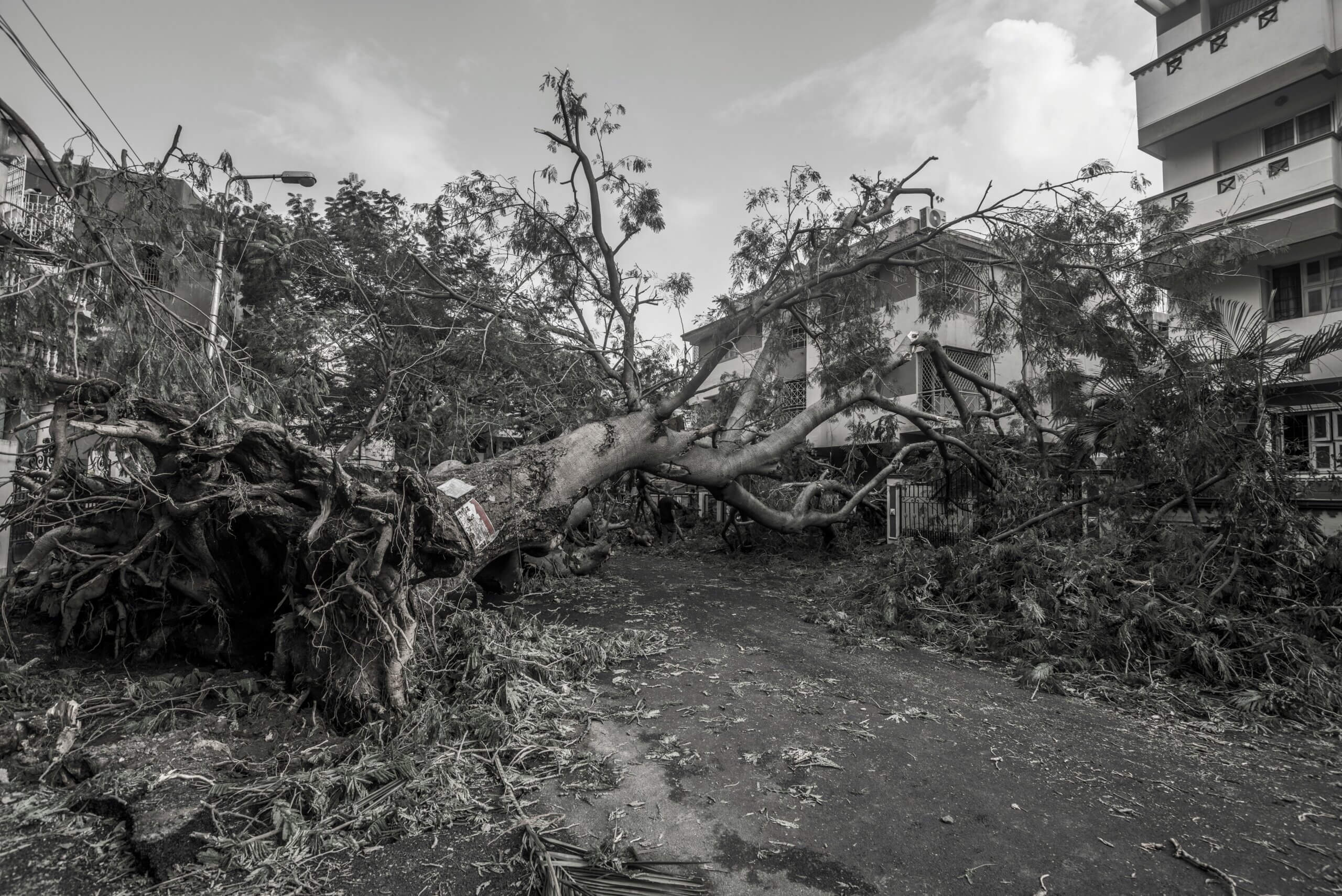“Catholic Traditionalism” is a reaction to the crisis of the Catholic Church. How can anyone fail to understand this reaction, when almost every day we are subjected to evidence that tells us about the serious situation in which the Catholic Church finds herself?
Yet for traditionalists, it is important that this movement avoids its own dangers. Sometimes traditionalism can be a trap no less than the one you intend to escape from. First of all, “traditionalism” an equivocal term and thus the movement itself is complex. It is a multifaceted phenomenon, often with marked differences between the various groups and protagonists. There are various traditionalisms that are affected by different theological positions and different specific interests in the field of tradition.
Then we need to ask what the essential purpose of traditionalism is: no one will dispute that its goal is for the Catholic Church to recover her identity. Therefore the position of the traditionalists is one of waiting, waiting for the current crisis to pass and for the Catholic Church to shine again with all her glory.
Therefore, it follows that we must be very careful that traditionalism does not become a home. Let me explain what I mean. At most, traditionalism is a refuge. We take shelter in it until the Modernist “bombing” ends. We must be very careful that it does not become a home, because the traditionalist first should know that outside the Church there is no salvation and the Church is the institution led by the legitimate successor of the apostle Peter. Now, here there is naturally a further fragmentation of Catholic traditionalism, because some recognize the present Pontiff as the legitimate successor of Saint Peter while criticizing his actions while others take refuge in alternative theological positions to that of “recognise and resist”: sedevacantists, sedematerialists and so on. These theories attempt to make traditionalism into a “home” and an alternate Church.
But Catholic traditionalism cannot be elevated to a system. It is an emergency refuge. We must be very careful that it does not become a complete and alternative system to the official Catholic Church for various reasons. The first is that systems tend to perpetuate themselves and this should not be the aim of traditionalism, so the maximum aspiration should be to no longer be necessary as the Catholic Church will finally return to being what it should be. The risk of isolationism then leads to the belief that it is a substantial alternative to the official Catholic Church.
Let me explain better: certainly at the moment traditionalism is a de facto alternative, in practice, which allows one to live one’s faith without having to be subjected to the deviations which unfortunately are so present in the Church today, but it must not become a de jure alternative, that is, a kind of “new Church.” If you believe in a Catholic way, despite everything, you must believe that the only one who can legislate in this sense is the Pope. I know for many it is painful to read these lines, but if you believe in the Catholic tradition you must also believe that only in the Church we can be saved. The alternative is not between the Church and her surrogates, but between believing or not believing. I know that the Church is so disfigured that she is not recognizable but this is precisely the cross to which we are all nailed.
I understand that this is a painful situation for many and I also understand that often some solutions that seem easy are temptations within reach: but if the traditionalist wants to be coherent with himself he must remember what was said above, extra Ecclesiam nulla salus, outside the Church there is no salvation and this Church is not an ideal construction of our thoughts, but is the one established by Christ and guarded (in theory) by the Pope. I know, humanly we seem trapped, but never more than in these moments must we trust in God and continue our path as warriors to regain what is ours.
But how can we follow the Church today? I understand well this question which is legitimate and painful. We know that the doctrine is defaced, the liturgy disfigured, the Faith is in danger. Current traditionalism originates from all this which is undeniable. The problem is not the analysis of the situation – which can be merciless – the problem is the solution that some seem to suggest, that is, that the definitive solution is traditionalism. No, what a true traditionalist should desire is to be Catholic, not to be a traditionalist. But how is it done in the Church today? We know well that the solution to the crisis will not be immediate and therefore quite a few generations will still have to experience this drama. People say “tradition is beautiful.” But traditionalism qua traditionalism is not beautiful at all, because it arises from pain and is lived with suffering. It is the Catholic beauty defended by traditionalism that is beautiful.
What’s the solution? I’d like to say I have an answer, but sadly I don’t. Together with my friend and journalist Aldo Maria Valli we have tried to represent this drama in a book that not a few people have found suitable for representing their drama as Catholics in today’s Church: Uprooted.
Indeed, many today feel uprooted from their home, as if it has been invaded by hostile forces and is no longer habitable. But it remains our home and we must strongly resist easy solutions and false alternatives.



